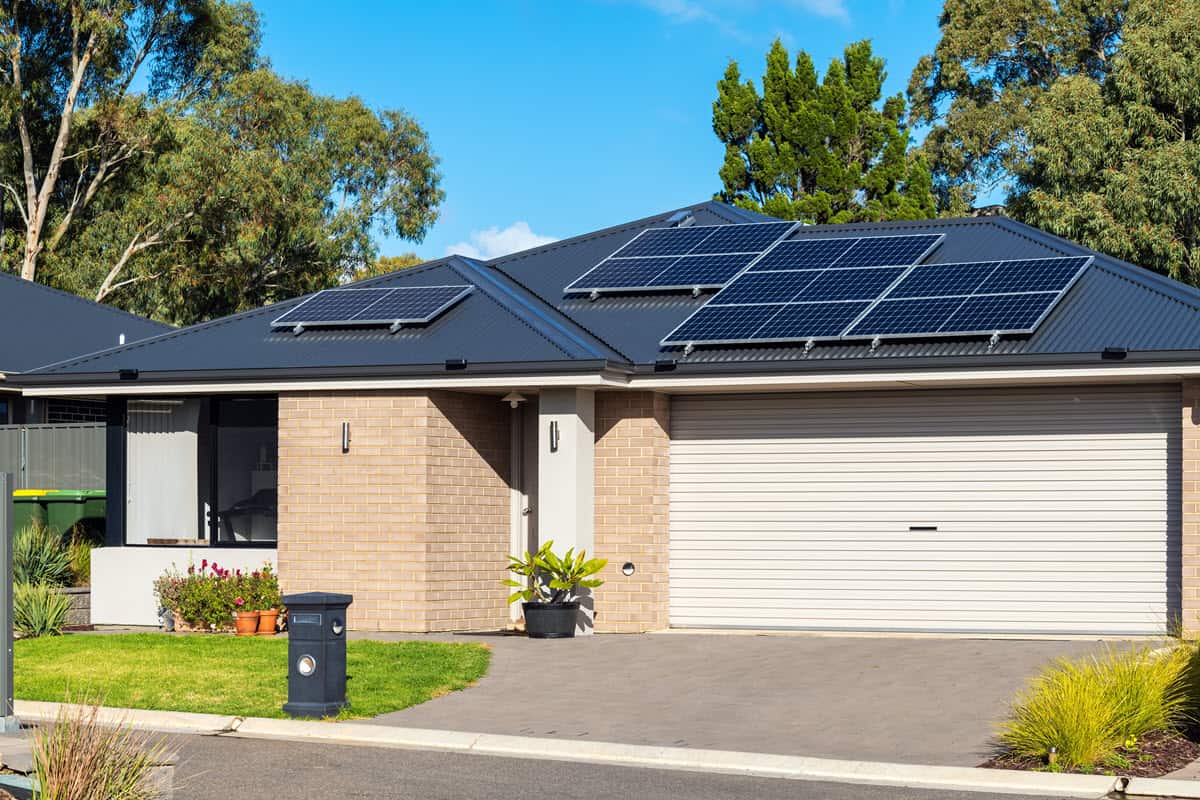As renewable energy technology advances, understanding the technology behind solar-powered generators becomes increasingly important for homeowners considering alternative power solutions. Whether solar generators can effectively power an entire house requires careful analysis of multiple factors, and the answer depends largely on individual circumstances and requirements.
Power Requirements Assessment
The average American household consumes approximately 30 kilowatt-hours (kWh) of electricity daily. However, power needs vary significantly based on home size, appliance usage, and seasonal factors. Understanding your specific power requirements is crucial for determining whether solar power and solar energy solutions can meet your needs. This assessment should include a detailed analysis of both peak and baseline power demands throughout different seasons and times of day.
Essential loads typically include refrigeration, lighting, and basic electronics, while non-essential loads might include air conditioning, clothes dryers, and entertainment systems. Peak power demands, particularly during morning and evening hours, require careful consideration when sizing a solar generator system. Understanding these usage patterns helps ensure adequate power availability when needed most.
Solar Generator Capacity
Modern solar generators have evolved significantly in their capabilities. Basic systems starting at 2000-3000W can handle essential household needs, while larger 3600W+ systems can support more demanding applications. When considering the future of renewable energy and how solar generators fit into it, it’s important to note that capacity continues to improve with advancing technology. These improvements make whole-house solar power increasingly practical for more homeowners.
Battery storage capacity plays a crucial role in determining a system’s ability to power a house continuously. Most residential solar generator systems include lithium-ion batteries, offering better energy density and longer lifespan than traditional lead-acid batteries. The amount of storage needed depends on typical usage patterns and desired backup duration during periods of limited solar production.
System Components and Integration
A complete solar generator system involves multiple components working together harmoniously. The solar panel array must be sized appropriately to both power current needs and recharge batteries. Solar generators for disaster relief have proven particularly valuable during crisis situations, demonstrating their reliability when properly configured. This real-world experience has helped refine system designs and improve reliability.
The integration of various components requires careful planning and professional expertise. Solar panels must be oriented appropriately and installed to maximize energy collection. Battery banks need appropriate environmental controls and monitoring systems. Inverters must be sized correctly to handle both continuous loads and surge requirements. Charge controllers ensure optimal battery charging and system longevity, while transfer switches provide safe integration with existing electrical systems.
Practical Considerations
While solar generators can indeed power entire houses, several practical limitations must be considered. Weather dependency affects daily power generation, though advanced battery storage helps mitigate this challenge. Space requirements for solar panels and equipment may also constrain system size for some properties. Understanding these limitations helps set realistic expectations and develop appropriate solutions.
Modern solutions often involve implementing multiple unit configurations or expandable systems that can grow with increasing power needs. Hybrid setups combining solar with traditional power sources provide reliable backup while maintaining green energy benefits. These flexible approaches allow homeowners to start with essential coverage and expand as needs and budgets allow.
Implementation Strategies
Successful implementation typically begins with powering essential circuits before expanding to whole-house coverage. This phased approach allows homeowners to prioritize critical needs while managing initial costs. Grid-tied options provide additional flexibility, allowing excess power to be sold back to utilities while maintaining grid access for backup power when needed.
Smart load management systems help optimize power usage by automatically prioritizing essential appliances and shifting non-essential loads to peak solar production hours. These sophisticated control systems continue to evolve, offering increasingly efficient power management solutions that maximize the utility of available solar resources.
Cost and Efficiency Analysis
Initial investment in a whole-house solar generator system can be substantial, but long-term savings often justify the cost. Energy efficiency measures implemented alongside solar generator installation can significantly reduce overall power requirements and improve system effectiveness. The combination of reduced utility bills, available incentives, and increased property value creates a compelling financial case for many homeowners.
When evaluating the financial aspects, consider both immediate and long-term benefits. Immediate advantages include reduced utility bills and potential tax incentives or rebates. Long-term benefits include protection from rising energy costs, increased property value, and reduced environmental impact. Many homeowners find that the total benefits package makes solar generator systems an attractive investment that helps slash your energy bills.
Conclusion
The future of home solar power systems looks increasingly promising as technology advances and costs decrease. Improved battery technology, more efficient solar panels, and smarter control systems make whole-house solar power more practical and affordable than ever before. As these trends continue, solar generators will likely become an increasingly common solution for residential power needs.

Leave a Reply